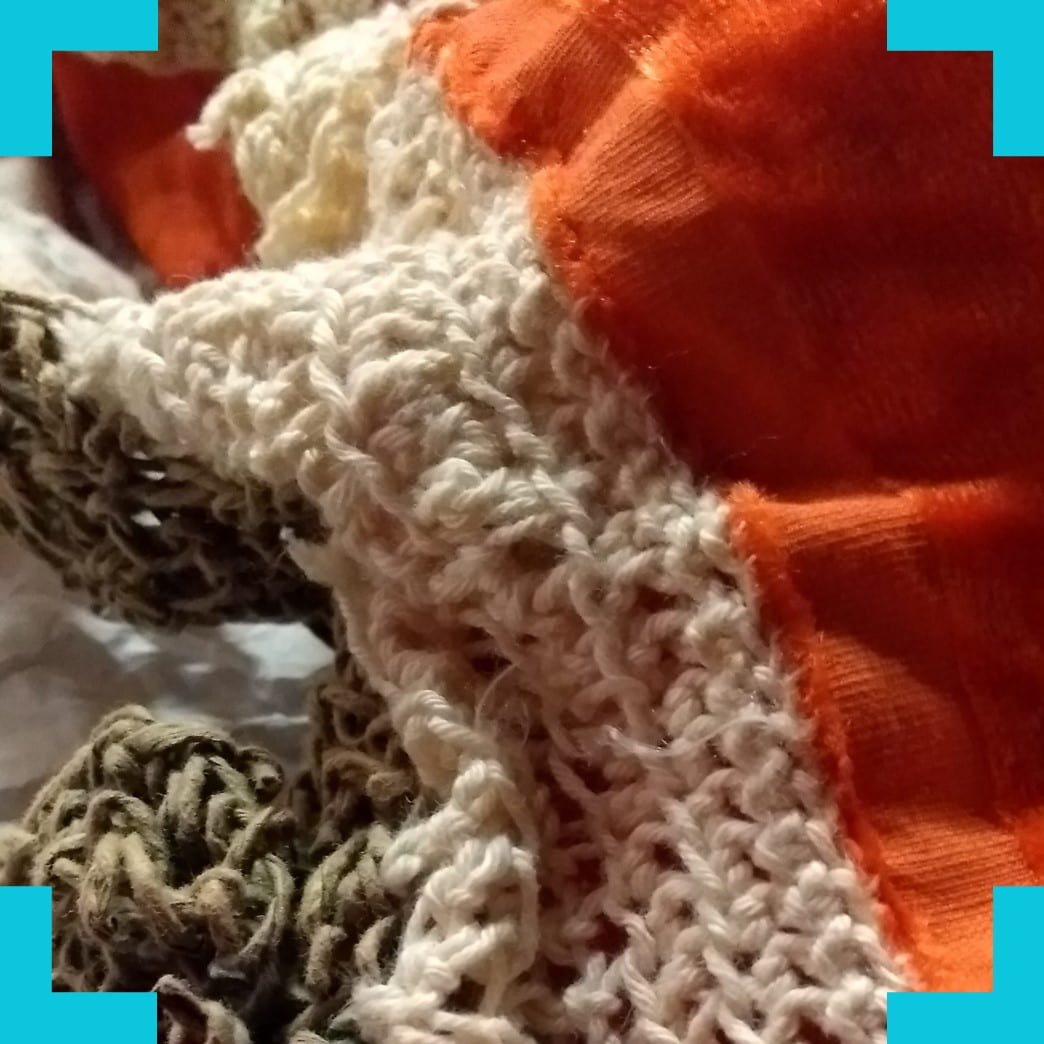“Sewing-as-therapy” Past and Present
by "Stitching - Obsession - Wellness": Merle Patchett, Stella Mann, Jan Connect, Amber Roguski and Anwyl Cooper-Willis.

Our research project Stitching-Obsession-Wellness seeks to explore the therapeutic role of sewing in 19th century asylums and its relevance to contemporary wellbeing. That relevance could not have been made more obvious by the Covid-19 pandemic. During the pandemic many people have taken up or returned to sewing as a means of coping with the stresses and strains of lockdown life, as Hobbycraft’s reported 200% boom in online sales attest. Yet more than just a hobby to pass the time, sewing has been championed for its therapeutic benefits. Against a lockdown landscape that has exacerbated existing mental health conditions yet also seen the reduction of mental health services (with staffing having been redirected to the frontline), “sewing-as-therapy” online sessions and communities have flourished as an accessible way to address and promote mental health and wellness (e.g. see Crafting During Coronavirus or Sewing Through the Pandemic).
But as our research has uncovered “sewing-as-therapy” is not a contemporary notion nor practice. It was actively promoted and practiced at Glenside Hospital in the nineteenth century, then known as Bristol Lunatic Asylum (BLA). It was opened in 1861, to provide Moral Treatment; an ordered life would aid the recovery of a disordered brain. As well as a plentiful and good diet the hospital provided rest, safety and occupation, in the form of useful occupation which was an important part of the treatment. The curative properties of work had been praised by Samuel Tuke, founder of the York Retreat (1796) and one of the earliest mental health reformers. In 1861 50% of women patients at BLA were working, the majority at sewing, including dressmaking and mending as well as some ‘fancy sewing’. Reading patient’s medical reports, it is clear that “Working well at her sewing” is an indication of improvement.
Part of the aim of our research project is to test this qualitative statement by scientifically measuring whether the rhythmic, repetitive action of stitching can calm and focus the anxious brain into a meditative state. To see what effect sewing can have on the brain’s state, and before the pandemic hit, we had planned to collect and analyse brain activity from women during 3 sewing workshops using the electroencephalography (or EEG) technique. Covid19 has put this experimental aspect of our project on hold, as the electroencephalography (EEG) work requires human participants and the university is not currently supporting non-essential human participant research. As soon as we are able, we will readvertise these workshops and hope that the surge in sewing during the pandemic will mean we will have lots of participants!
Besides the EEG data collection and analysis, which will hopefully yield some fascinating results about how repetitive and self-expressive stitching change the overall brain activity, we look forward to working on the artistic interpretation and expression of the EEG experience and results. We are currently exploring ways of disseminating the findings, not just in an academic way but also creative visual ways. It is anticipated the results will support further projects at Glenside Hospital Museum involving people in creative sewing projects, especially if the findings echo the hypothesis that sewing is good for our mental health. This cross-specialty collaboration – which includes a neuroscientist, a human geographer, museum curators and artist-researchers – has given and reinforced such a rich historical context for the EEG experiments we have planned and has given us all an opportunity to learn and talk about the complex themes our project covers: mental health, women’s work and their place in society, coping mechanisms, self-expression and therapeutic practices. “Sewing-as-therapy” is as relevant and important today as it ever was.
Images and Caption
“This apron was given to a nurse by a Glenside patient that had made it and worn it until it was so dirty she wanted to send it to the laundry. The nurse thought it beautiful and knew the laundry would just bin it and told the patient of this problem. She told the patient she loved it and asked if she could have it and the patient agreed. It has since for some 30 years been in pride of place framed in the home of the nurse who has now gifted it to Glenside Hospital Museum”. http://www.glensidemuseum.org.uk/





